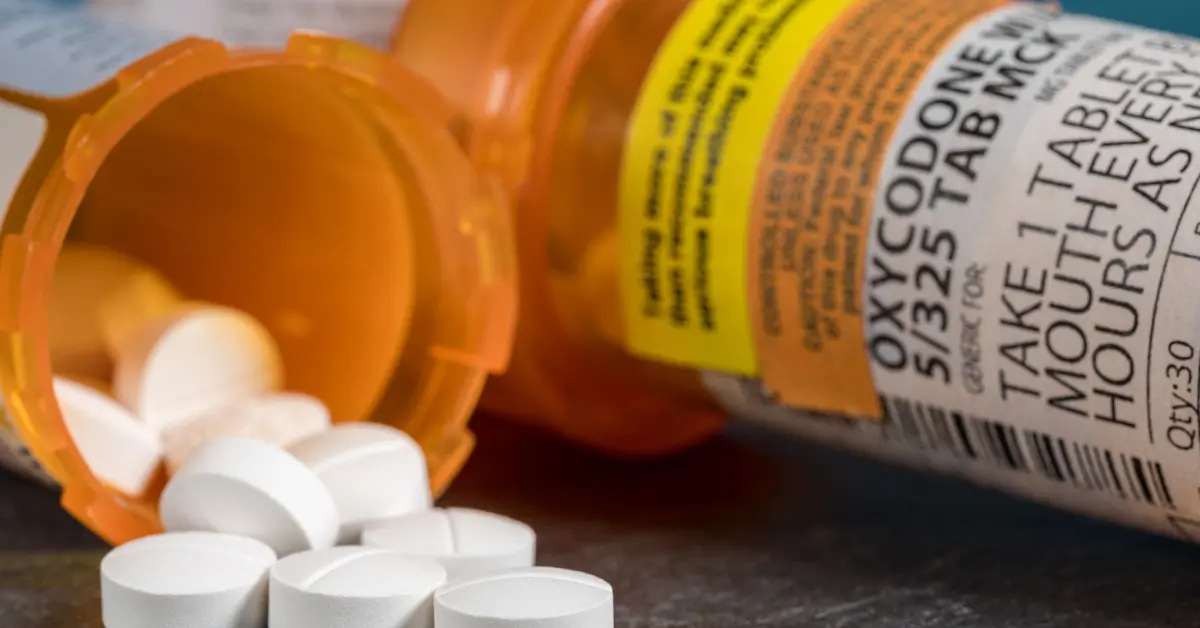Opioid Overdose

What are Opioids?
Opioids (otherwise known as narcotics) are a class of pain-relieving drugs. Opioids act primarily in the brain to reduce signals of pain. Prescription opioids (e.g. morphine, oxycodone, hydrocodone) are prescribed by doctors to treat moderate to severe pain. While prescription opioids can be used safely, they carry the risk of life-threatening overdose and are highly addictive if misused or abused. Illicit opioids include drugs like heroin, illicitly manufactured fentanyl and fake pills. Illicit opioids are highly addictive, and use of illicit opioids poses many health risks, including death.
Why is the Rise of Opioid Overdose Trending?
For over 20 years, the number of opioid-involved overdoses has continued to rise in the United States. In what the Centers for Disease Control (CDC) describes as the first wave of the opioid epidemic, the initial rise of opioid overdose deaths stemmed from an increases in prescribed opioids beginning in 1999. Opioid-involved overdose deaths continued to rise throughout the early 2000s, leading to the second wave of the opioid epidemic in 2010. The second wave was characterized by an increase in opioid deaths involving heroin. Currently, the United States is in the third wave, which began in 2013. During the third wave, there has been a significant increase in overdose deaths involving synthetic opioids, particularly illicitly manufactured fentanyl, which can be found in illicit drugs like heroin, cocaine, and fake pills. In 1999 when the first wave started, opioid overdose death rates were 2.9 per 100,000 people. In 2020 the number increased to 21.4 deaths per 100,000 people, marking a clear trend in rising cases of opioid overdose deaths and establishing the significance of addressing the trend.
According to the CDC, opioids caused nearly 17,000 deaths in 2021, the equivalent to 45 deaths per day, while deaths involving synthetic opioids accounted for nearly 71,000 drug overdoses. Additionally, the CDC states 9.7 million Americans reported misusing prescription opioids, while 1.4 million Americans had a prescription opioid use disorder in 2019.
What are the Signs and Symptoms of an Opioid overdose?
Know the signs and symptoms of an opioid overdoes:
- Small, constricted “pinpoint” pupils
- Falling asleep or loss of consciousness
- Slow, shallow breathing
- Choking or gurgling sounds
- Limp body and pale, blue, or cold skin
Treatment and First Aid
If you suspect someone is experiencing a life-threatening opioid overdose:
- Call 911 immediately if the person has stopped breathing or is unable to respond
- Treat the person with naloxone to reverse opioid overdose if it is available
- Lay the person on their side to prevent choking and wait for emergency help to arrive
If someone is breathing and responsive:
- Call Poison Help 1-800-222-1222 for specific recommendations
Prevention
Opioid exposure and overdose can be prevented by:
- Take medicine as prescribed by your practitioner
- Do not take more medication or take it more often than instructed
- Never mix pain medicines with alcohol, sleeping pills, or illicit substances
- Never take anyone else’s medication
- Prevent children and pets from accidental ingestion by storing your medication out of reach
- Dispose of unused medication safely, for more information on the safe disposal of unused medications, visit FDA’s disposal of unused medicines or DEA’s drug disposal webpages.
Take Action
For questions about opioids and opioid overdoses call Poison Help at 1-800-222-1222. From prescription related questions, to concerns about signs and symptoms of potential overdose, Poison Help staff are ready and available, 24/7/365, free of cost, for emergencies and non-emergencies.
For the Media:
Please cite this data as “National Poison Data System, America’s Poison Centers.” Any and all print, digital, social, or visual media using this data must include the following: “You can reach your local poison center by calling Poison Help at 1-800-222-1222. To save the number in your mobile phone, text POISON to (301) 597-7137.” Email Media@PoisonCenters.org or call 703-894-1863 for more information, questions, or to submit a data request.